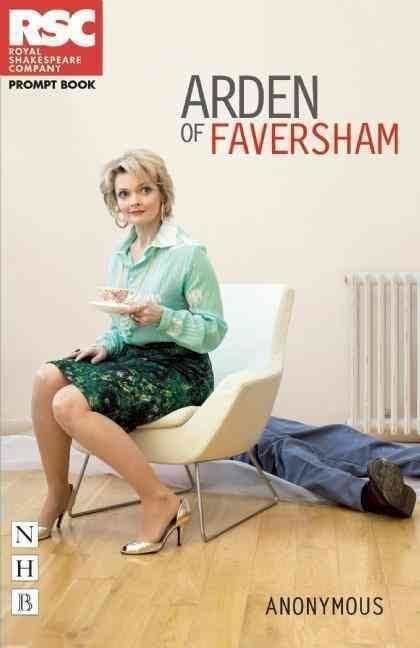Originally published 5 May 2015 | ||
 | ||
Similar Christopher Marlowe plays, Other plays | ||
Arden of faversham trailer
Arden of Faversham (original spelling: Arden of Feversham) is an Elizabethan play, entered into the Register of the Stationers Company on 3 April 1592, and printed later that same year by Edward White. It depicts the murder of Thomas Arden by his wife Alice Arden and her lover, and their subsequent discovery and punishment. The play is notable as perhaps the earliest surviving example of domestic tragedy, a form of Renaissance play which dramatized recent and local crimes rather than far-off and historical events.
Contents
The author is unknown, and the play has been attributed to Thomas Kyd, Christopher Marlowe, and William Shakespeare, solely or collaboratively, forming part of the Shakespeare Apocrypha. The use of computerized stylometrics has kindled academic interest in determining the authorship. The 2016 edition of The Oxford Shakespeare attributes the play to Shakespeare together with an anonymous collaborator, and rejects the possibility of authorship by Kyd or Marlowe.
Main characters
Text, history and authorship
The play was printed anonymously in three quarto editions during the period, in 1592 (Q1), 1599 (Q2), and 1633 (Q3). The last publication occurred in the same year as a broadsheet ballad written from Alice's point of view. The title pages do not indicate performance or company. However, the play was never fully forgotten. For most of three centuries, it was performed in George Lillo's adaptation; the original was brought back to the stage in 1921, and has received intermittent revivals since. It was adapted into a ballet at Sadler's Wells in 1799, and into an opera, Arden Must Die, by Alexander Goehr, in 1967.
In 1656 it appeared in a catalogue (An Exact and perfect Catalogue of all Plaies that were ever printed) with apparent mislineation. It has been argued that attributions were shifted up one line; if this is true, the catalogue would have attributed Arden to Shakespeare.
The question of the text's authorship has been analyzed at length, but with no decisive conclusions. Claims that Shakespeare wrote the play were first made in 1770 by the Faversham antiquarian Edward Jacob. Others have also attributed the play to Shakespeare, for instance Algernon Charles Swinburne, George Saintsbury, and the nineteenth-century critics Charles Knight and Nicolaus Delius. These claims are based on evaluations of literary style and parallel passages.
Christopher Marlowe has also been advanced as an author or co-author. The strong emotions of the characters and the lack of a virtuous hero are certainly in line with Marlowe's practice. Moreover, Marlowe was raised in nearby Canterbury and is likely to have had the knowledge of the area evinced by the play. Another candidate, favored by critics F. G. Fleay, Charles Crawford, H. Dugdale Sykes, and Brian Vickers, is Thomas Kyd, who at one time shared rooms with Marlowe.
Debates about the play's authorship involve the questions of: (a) whether the text was generated largely by a single writer; and (b) which writer or writers may have been responsible for the whole or parts. In 2006, a new computer analysis of the play and comparison with the Shakespeare corpus by Arthur Kinney, of the Massachusetts Center for Renaissance Studies at the University of Massachusetts Amherst in the United States, and Hugh Craig, director of the Centre for Linguistic Stylistics at the University of Newcastle in Australia, found that word frequency and other vocabulary choices were consistent with the middle portion of the play (scenes 4–9) having been written by Shakespeare. This was countered in 2008, when Brian Vickers reported in the Times Literary Supplement that his own computer analysis, based on recurring collocations, indicates Thomas Kyd as the likely author of he whole. In a study published in 2015, MacDonald P. Jackson set out an extensive case for Shakespeare's hand in the middle scenes of Arden, along with selected passages from earlier in the play.
In 2013 the RSC published an edition attributing the play, in part, to William Shakespeare.
